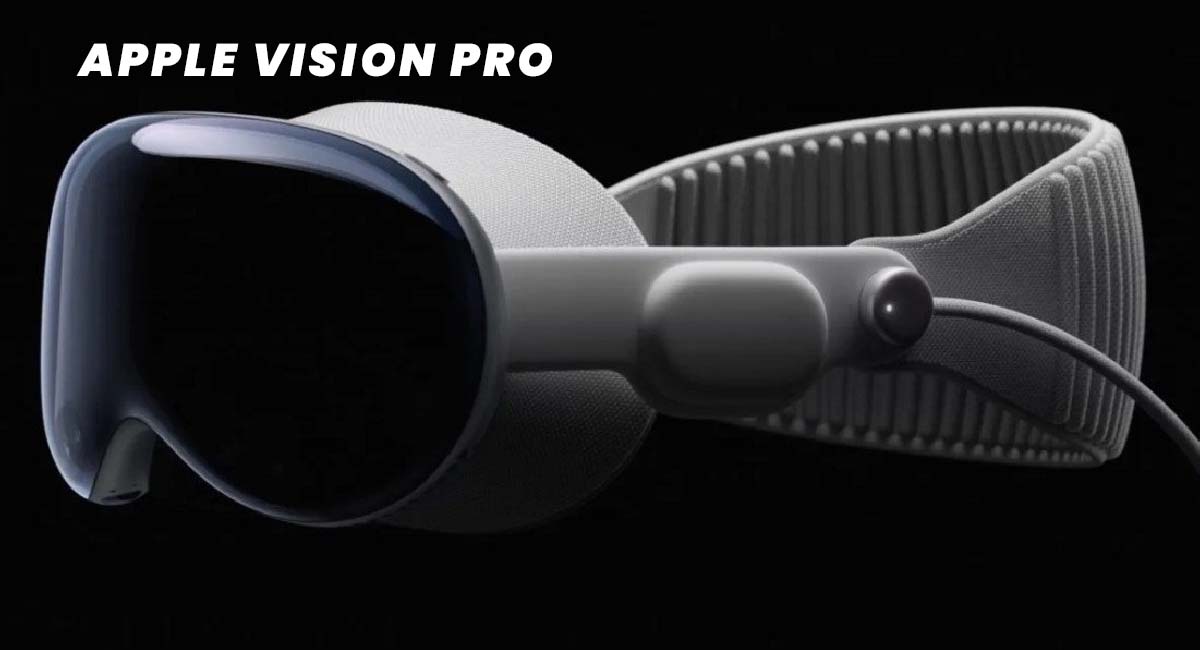
Just a week after unveiling the highly anticipated Apple Vision Pro at its Worldwide Developers Conference, Apple is already rumored to be working on a successor to the spatial computer. While customers eagerly await the release of Apple’s first AR/VR headset, reports suggest that the company is also developing a more affordable version of the Apple Vision Pro, set to launch approximately a year after the initial device hits the market. The rumored successor is expected to feature a faster processor, delivering improved performance and capabilities.
The Next Generation: Apple Vision Pro Successor
According to Mark Gurman’s Power On newsletter on Bloomberg, Apple is actively working on a successor to the Apple Vision Pro. This second-generation spatial computer is said to offer both augmented reality (AR) and virtual reality (VR) functionalities, akin to the recently announced mixed reality headset.
Furthermore, Gurman reiterates his previous claim that Apple is concurrently developing a more affordable version of the first-generation AR/VR spatial computer. The company aims to introduce this device, potentially named Apple Vision One or Apple Vision, by the end of 2025. In comparison to the premium Apple Vision Pro, the price of the more accessible headset is expected to be “several hundred dollars” lower, although an exact price point has not been disclosed.
Affordability without Sacrifice
To achieve a lower price point for the affordable model, Gurman speculates that Apple may employ various cost-cutting measures. This could include using a less powerful processor, reducing the number of cameras and sensors, and leveraging AirPods for spatial audio instead of incorporating it directly into the headset. Additionally, Gurman suggests the cheaper version may utilize lower-quality screens, although the resolution of the recently announced Apple Vision Pro is already higher than 4K for each eye.
Despite potential compromises in certain areas, Gurman believes that Apple is unlikely to sacrifice the EyeSight feature—a display that shows the wearer’s eyes—found in both the premium and affordable models. Furthermore, the affordable headset is expected to retain essential features such as hand and eye tracking, which were showcased during the WWDC 2023 keynote event.
By implementing other cost-saving measures, such as a more basic headband design, removing the 3D camera, utilizing a less expensive frame, and optimizing production processes, Apple could substantially reduce the price of the affordable headset by several hundred dollars. However, as Apple has yet to release detailed hardware specifications for the first-generation Vision Pro headset, it may be some time before the complete specifications of its successor are revealed.
Conclusion
As Apple continues to innovate in the realm of augmented and virtual reality, the news of an upcoming successor to the Apple Vision Pro sparks excitement among tech enthusiasts. With the imminent release of the first-generation headset and the promise of a more affordable variant on the horizon, consumers can look forward to a range of AR/VR options catered to their preferences and budgets. While specific details about the successor’s features and pricing remain unknown, the anticipation surrounding Apple’s foray into spatial computing is at an all-time high. Stay tuned for further updates as Apple refines its AR/VR offerings, making immersive experiences more accessible to users worldwide.


